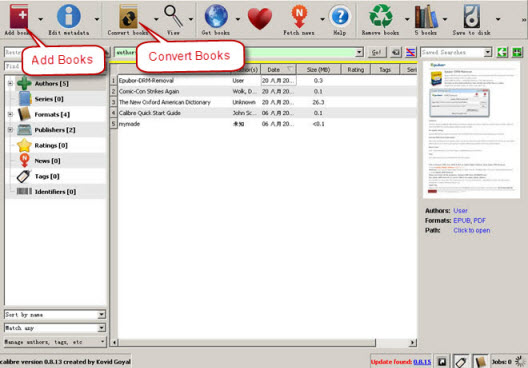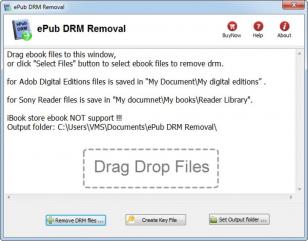
A check of Chilling Effects and other sites may give information about whether the complainant is a repeat sender. Some entities and individuals have become known for aggressive, or even over-aggressive, assertion of IP rights. Is the sender targeting the recipient specifically? Or is the target just one among many? A cease and desist letter may target one individual, or it might be part of a larger campaign by the sender.

Is it from the rightsholder itself, its in-house legal counsel, or an outside attorney? Or is it from another agent of the rightsholder, such as a publicist or rights-enforcement company? Notices from law firms don't necessarily mean that the rightsholder will be prepared to file a lawsuit, but at the least, they suggest that the rightsholder has some financial resources available to pay legal fees. One might also measure how serious the rightsholder is by seeing who actually wrote and sent the takedown notice. In such a situation, the recipient should probably seek the advice of an attorney right away. Is there a business relationship between the original sender and the targeted user? The legal issues surrounding works-for-hire, transfers of copyrights, and joint authorship can be complex, and may affect the legal status of the original work. What are the resources available to the rightsholder, should it choose to pursue its claim beyond the initial takedown notice? On the other hand, the rightsholder may be aggressive about enforcing its rights, but not known for sending takedown notices (or cease and desist letters) based on weak copyright claims. Who is the original sender? An individual? A large corporation? Is the rightsholder a person or company that the person whose material is targeted recognizes? Perhaps the sender has a reputation for trying to intimidate people or extort money from them. The "Cease and Desist!" guide has information about examining other kinds of claims and demands.įour key facts are essential to evaluating any cease and desist letter, including a takedown notice. In these pages, we will address only Section 512 takedown notices - demands sent to an ISP - and what notice targets can do in response. Other takedown notices may be much more elaborate, or even include a takedown demand in the midst of a longer cease and desist letter. At its sparsest, a takedown notice may include only contact information, a list of allegedly infringing files, a reference to the work claimed to be infringed, and some brief formulaic statements - for example, that the sender has a "good faith" belief that the material is infringing.



An automatically generated notice may not include much useful information. Many takedown notices are automatically generated, or produced by filling out an online form. There can be significant variation among takedown notices, though, so it pays to look carefully at any notice that an ISP may pass along to an Internet user. The core of every takedown notice is a demand for an ISP to "take down" material - to disable access or remove links. This guide, originally created by the Fair Use Network, has been edited by New Media Rights and is provided for users and creators who have received a DMCA section 512 "takedown" notice.


 0 kommentar(er)
0 kommentar(er)
